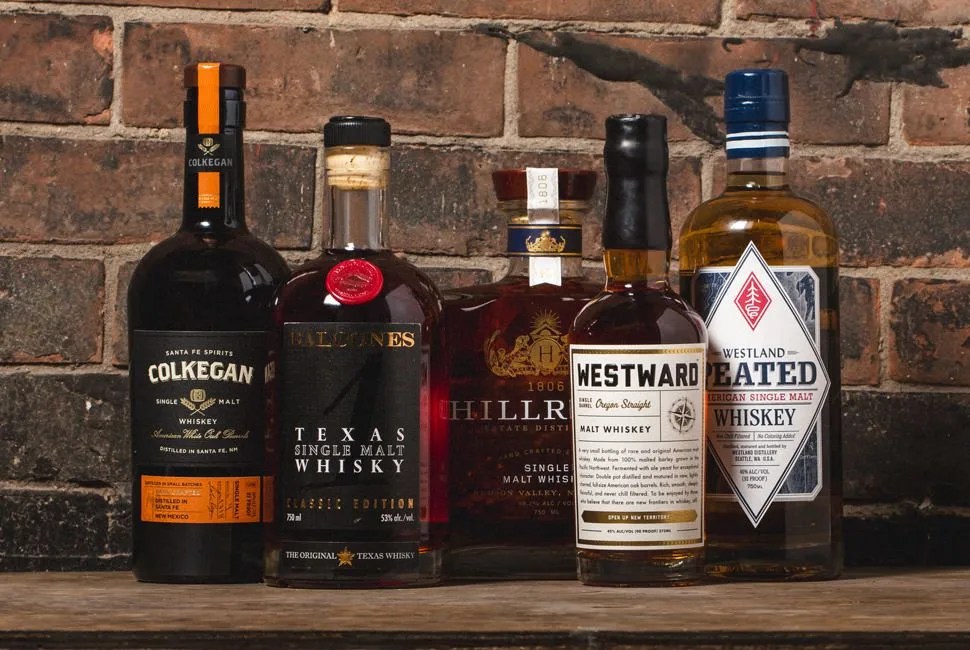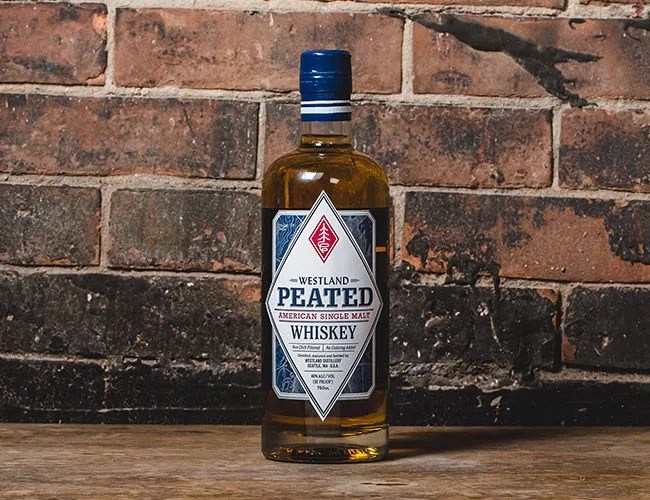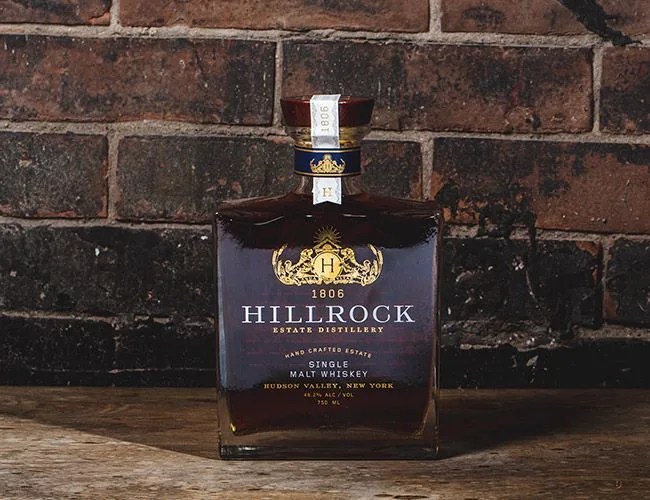Rising with the tide of a booming bourbon industry, American single malt whiskey craft distilleries are popping up around the country. Bound by slightly different rules than single malts from Scotland or Japan, American whiskey-making companies are being forced to innovate. Free from following strict tradition, they have carved out a flavor profile distinct to their pots and the American climate. These are five quality examples of the style that, unlike bourbon with its characteristic sweetness and Scotch with its peaty flavors, still hasn’t quite established itself in our minds or behind American bars.
WHAT IS AN AMERICAN SINGLE MALT?
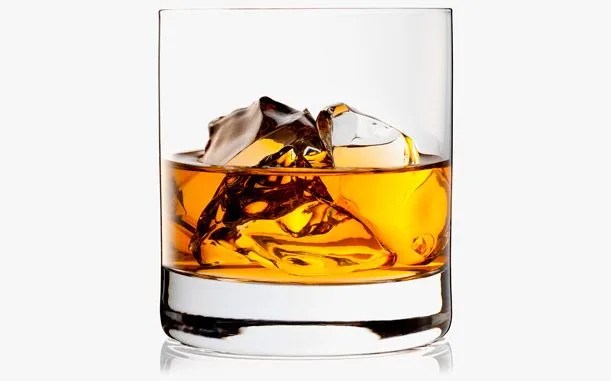
Of course, it must be made solely in the US. The mash bill must consist of at least 51 percent grain, typically malted barley, though most distillers use 100 percent barley. This is similar to single malt Scotch, which must use 100 percent malted barley, and different from American whiskies, which tend to require some combination of corn, rye, wheat and malted barley. It must be produced and aged entirely by one distillery, which is also true for single malt Scotch whiskies, but not for most American whiskies. It must be aged in new charred oak barrels, just like bourbon, rye and the like, but unlike Scotch, which largely relies on pre-used bourbon barrels in a strange symbiosis with American whiskey. Scotch has a minimum age of three years. Bourbon tends to be at least two. American Single Malt can be as young as distillers like. It follows other American guidelines for maximum strength entering the barrel (62.5 percent alcohol) and minimum strength entering the bottle (40 percent alcohol).
Balcones Texas Single Malt
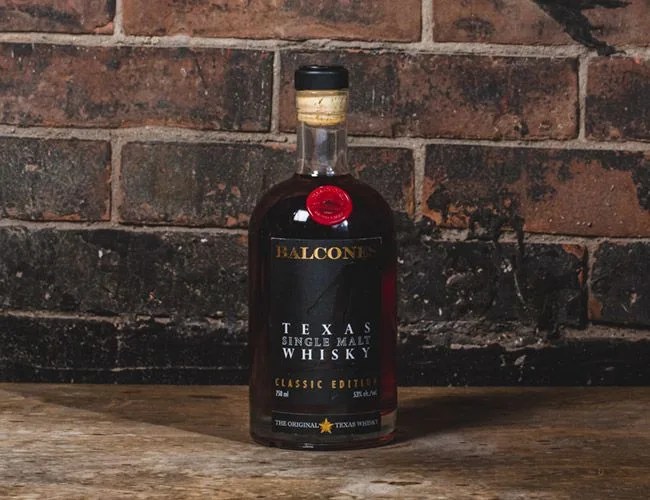
The Heavyweight: Despite a falling out among the owners, American Single Malt owes much to Balcones Distilling, begun in 2010 out of Waco, Texas. They arguably launched the segment onto the national stage in 2012 when they beat out nine of the world’s best single malts (including the Balvenie and the Macallan) in a blind tasting challenge called “Best in Glass”. Their Texas Single Malt is a big, dark, malty, mellow beast at 53% ABV; what’s in the bottle is actually the denouement of many small batches aged in small barrels outdoors for two to three years before being combined for a final aging.
